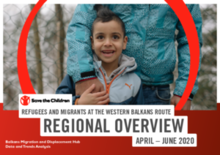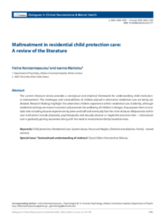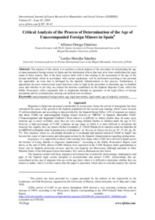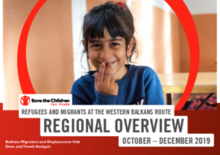

Displaying 141 - 150 of 539
This Practitioner Guidance Paper shares the different approaches taken by three Family for Every Child Members to mitigate this disruption: moving to online learning for unaccompanied minors with METAdrasi in Greece; using the radio to provide far-reaching lessons with FOST in Zimbabwe; and engaging parents in their children's education using a socially-distanced homework collection system with CAP Liberia.
Data and Trend Analysis (DATA) Refugees and Migrants at the Western Balkans Route Regional Overview, covering period April – June 2020, describes key trends in migrations in the region, detailing information about the number of people on the move, demography (age, sex, country of origin, etc), behavioral patterns, and routes in use - with a focus on children, particularly unaccompanied children.
The current literature review provides a conceptual and empirical framework for understanding child institutional maltreatment.
The purpose of this article is to perform a critical analysis of the procedure for determining the age of unaccompanied foreign minors in Spain and the detrimental effects that may arise from establishing the legal status of these minors.
This report describes key trends in migrations in the Balkans region, detailing information about the number of people on the move, demography (age, sex, country of origin, etc), behavioral patterns, and routes in use - with a focus on children, particularly unaccompanied children.
This book brings together knowledge of how modern countries in Europe and the United States deal with the issue of errors and mistakes in child protection in a cross-national perspective.
The objective of this work is to determine the factors associated with deciding to address family reunification from residential care (RC).
The objective of this work is to determine the factors associated with deciding to address family reunification from residential care.
The objectives of this study were: (a) to identify the rate of placement breakdown in Spain, understood as the unplanned termination of a foster placement; (b) to explore the variables associated with foster placement termination, and finally (c) to determine to what extent each variable can explain placement breakdown.
The present study aimed to investigate both familial and mother/father-related risk and protective factors that influenced CPS (Child Protection Services) workers’ decision about the child placement through the “judgment analysis” approach.




